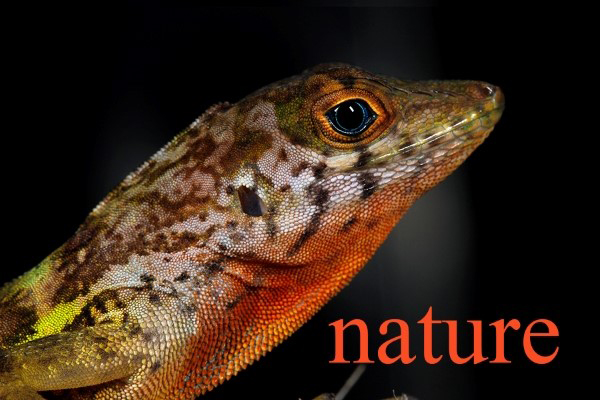Our Nature paper Highlights Global Reptile Threats
Posted on 22 April 2022

For this Nature study,
a diverse research team, representing 24 countries across six continents, analyzed the
conservation needs of 10,196 reptile species in comparison with mammals, birds, and
amphibians. Reptiles in the study include turtles, crocodiles, lizards, snakes, and tuatara,
the only living member of a lineage that evolved in the Triassic period approximately
200-250 million years ago. The research revealed that efforts to conserve threatened
mammals, birds, and amphibians are more likely than expected to co-benefit many threatened
reptiles. Although reptiles are well known to inhabit arid habitats such as deserts and
scrubland, most reptile species occur in forested habitats, where they—and other vertebrate
groups—suffer from threats such as logging and conversion of forest to agriculture. The
study found that 30% of forest-dwelling reptiles are at risk of extinction, compared with
14% of reptiles in arid habitats. The New York Times published a nearly full-page
story on the research.
Photo (by S. Blair Hedges): an endangered lizard
from Haiti, the Haitian Banded Red-bellied Anole, Anolis rupinae.
Back to Top
